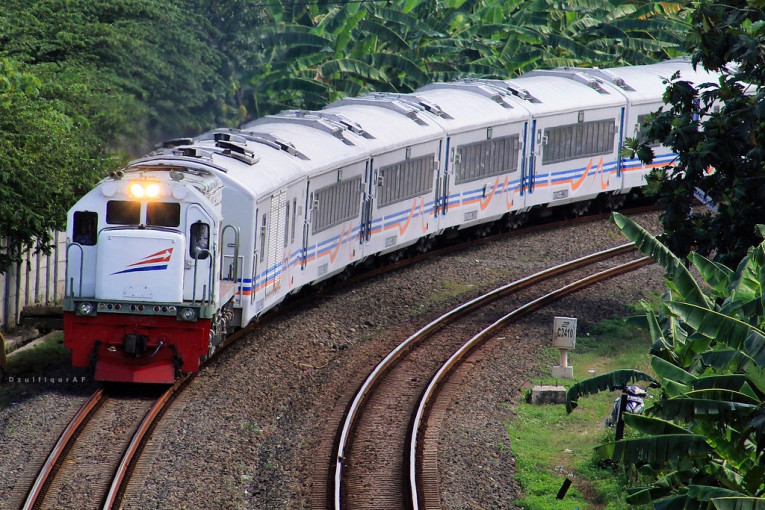
The Indonesian Transportation Safety Committee data recorded 100 railway accidents in Indonesia from 2007 to early 2024. The most recent incident was the Pandalungan Train (75A) derailment at the Tanggulangin Station emplacement, Sidoarjo, East Java, on Sunday (Jan. 14).
Tragedy struck in Lembah Anai, Padang Panjang, West Sumatra, on Dec. 25Dec. 25, 1944, when a train lost its brakes, resulting in the loss of 200 lives. The magnitude of this event prompted the local community to establish a mass grave and erect the Train Accident Memorial in Padang Panjang as a reminder of the event.
These incidents underscore the substantial material and immaterial losses incurred due to railway accidents, prompting a collective effort to address safety concerns within the railway sector.
Dr. Ikaputra, Head of the UGM Center for Transportation and Logistics Studies, emphasized the multifaceted nature of railway safety, influenced by internal and external factors.
He stressed the necessity for all stakeholders to integrate efforts in mitigating railway accident risks despite the implementation of the Railway Safety Management System (SMKP) by the Indonesian Railway Corporation (KAI) as per Minister of Transportation Regulation Number 69 of 2018.
“To ensure the safety and operational excellence of Indonesia’s railways, strict adherence to established procedures and regulations is imperative,” he asserted during a webinar titled “Tracing the Footsteps of Railway Tragedies in Indonesia as Challenges for a Safe and Secure Transportation Sector,” held on Thursday (Jan. 25Jan. 25).
Dr. Ikaputra advocated for a paradigm shift in disaster management within high-risk railway segments, advocating for a transition from a responsive to a preventive paradigm. This shift, he argued, is vital in fostering a culture of commitment towards achieving zero accidents and ensuring railway travel safety.
The webinar, co-organized by the UGM center and the Masyarakat Perkeretaapian (MASKA), convened 600 participants, including representatives from governmental agencies, state-owned enterprises, practitioners, academics, and the general public.
Dr. Hermanto Dwiatmoko, General Chair of the MASKA, emphasized the importance of railway safety as the cornerstone of Indonesia’s railway industry.
He highlighted various factors contributing to accidents, ranging from operational negligence to infrastructural inadequacies, emphasizing the need for comprehensive measures to enhance railway safety.
“Many factors contribute; it could be due to negligence of railway equipment operators (train drivers) for violating signals that should have stopped, negligence of Train Movement Controllers (PPKA) in regulating train travel, or it could also be because the train cannot stop due to inadequate railway equipment and difficult to stop by the train driver,” he explained.
He also mentioned that the causes of train accidents could be malfunctioning signals that are not visible to the train driver, resulting in delayed speed reduction. It could also be due to the train driver’s lack of concentration or falling asleep, thus being unable to perform their duties properly.
He suggested essential measures that all railway stakeholders should take to improve railway safety, including refining regulations (laws, government regulations, ministerial regulations), improving the operational procedure of railway infrastructure and equipment, refining system and operation procedures (SOP), using railway technologies (ATP, ATO, and others).
Attention should also be given to enhancing the competency of railway human resources through training and technical guidance, constructing grade-separated crossings (underpasses/flyovers), and promoting safety to the public and railway personnel.
Author: Agung Nugroho
Photo: Flickr

